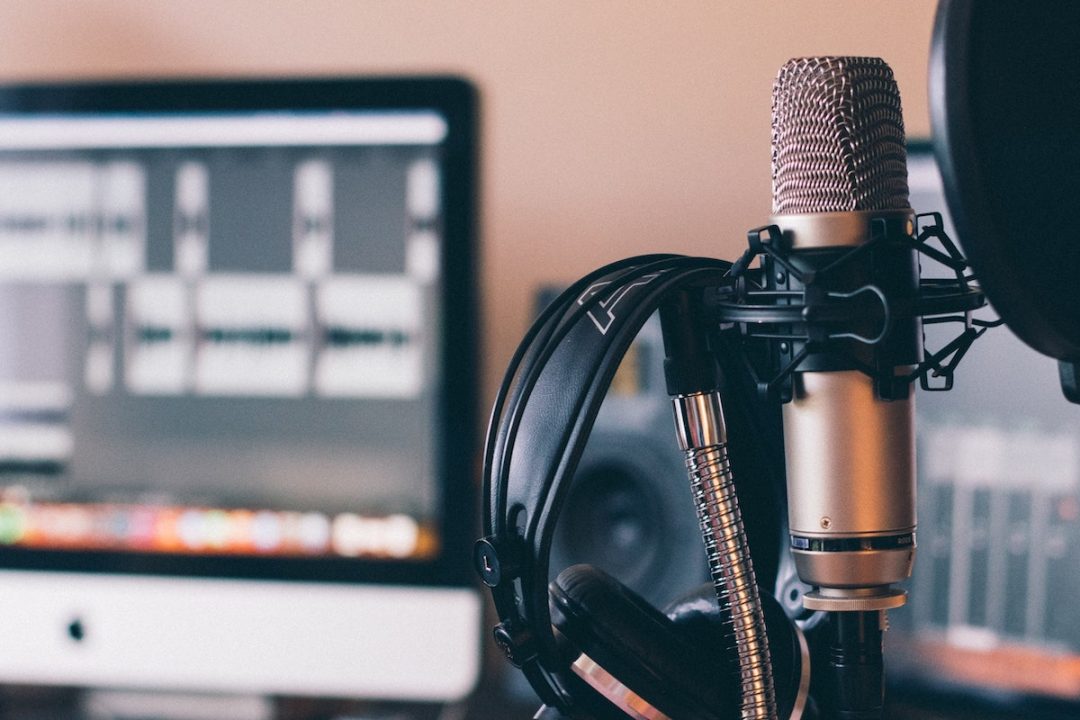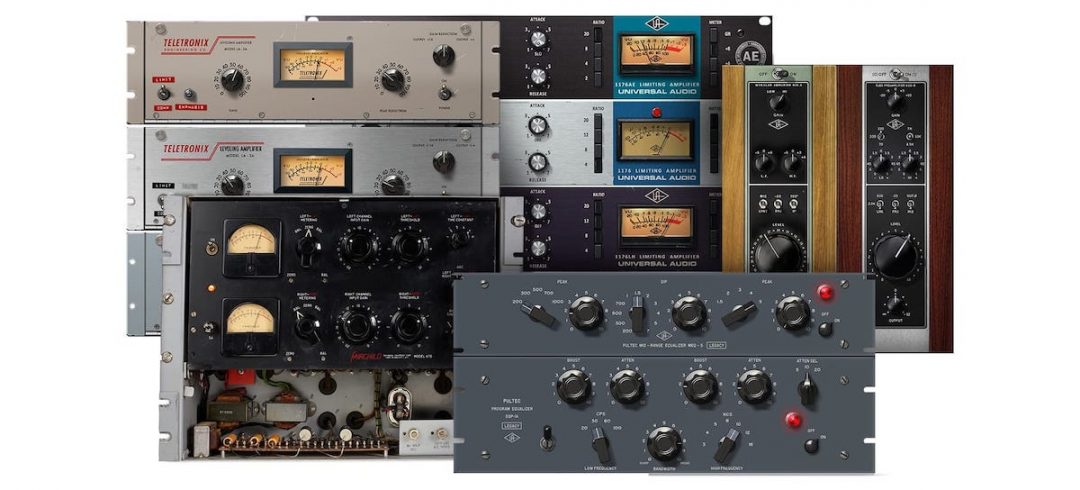
Of course, plate reverb isn’t the right tool for every job (nothing ever is), so let’s consider the pros and cons of the plate sound.

Though I have still never gotten the chance to work with an actual hardware plate reverb, it’s hard for me to imagine mixing without my favorite plugin versions of plate reverbs (more on those later).
#Uad emt 140 software
And though we now have no shortage of options for reverb, both hardware plate reverbs and faithful software emulations are widely used today. If you’ve listened to music recorded from the late 50s through the 70s, you’ve almost definitely heard plate reverb in action. Still, the tone worked beautifully with a wide range of instruments and voices. More critically, plate reverbs also sound somewhat “metallic,” for obvious reasons, particularly compared to the more “natural” reverb heard in concert halls and reverb chambers. The resulting sound could be described as lush, shimmery, dense and bright. It’s big, it’s heavy, it sounds like BUTTAH As an added bonus, that reverb could be controlled by the engineer, using a damping plate to lengthen or shorten the decay time. The plate would reverberate, and pickups (similar to those in an electric guitar) would capture that reverberation so it could be recorded. A transducer (similar to a speaker or microphone capsule) was used to create vibrations that would move through the plate. Their EMT 140 made use of a metal plate, suspended in a steel frame, that was able to recreate reverberations similar to those heard in acoustic space. The introduction of plate reverb by the German company EMT in 1957 represented something of a breakthrough for studio reverb. And though spring reverb (a topic for another article!) was available in electric organs - and later in guitar amps - its particular tone was not the best fit for many instruments and voices. Of course, not every studio was able to design and dedicate an entire room only for reverb. The first real studio use of reverb involved placing speakers and mics in a reverb chamber: a room built with hard surfaces and non-parallel walls so as to produce pleasant sounding reflections.


Though a certain amount of reverberation is inherent in recording sound in general, producers began intentionally using reverb in recordings around the late 1940s.

Rather than the sort of distinct, spaced out echoes you might hear after shouting in a canyon (or coming from a delay effect), reverb occurs when those reflections arrive at our ears so close together that we perceive them as a continuous “tail” that lingers after the original sound has faded.Ī reverb chamber/midcentury dungeon at Capitol Studios In a general sense, reverb (or reverberation) is a natural phenomenon caused by reflections of a sound arriving at our ears after the original sound does. But first, a little history: What is Reverb?
#Uad emt 140 plus
In this article, I’m going to take a look at why that is plus some of my favorite ways to use it. I never got to hear that reverb in action, but plate reverb is an absolutely essential part of my tool kit as a mix engineer and producer. I’m pretty sure I added avocado to mine - and if you ever have to move a plate reverb as a favor, you should request avocado… at a minimum. We spent an evening lugging a heavy, clunky box into a moving truck, and I believe he bought me a burrito as thanks.
#Uad emt 140 pro
My first introduction to plate reverb happened some years ago, when my friend (and Pro Audio Files colleague) Max Foreman asked me if I’d help him move a plate reverb unit out of the basement of a studio where he’d been working.


 0 kommentar(er)
0 kommentar(er)
